Bastar, Face of Tribal India
Posted on July 10, 2017 by Ghoomophiro

About one third of the total lands of Chhattisgarh are covered with dense forests. And in those deep forests, there are some tribal people, who happen to be largely unaware of what the world looks like outside the forests. Some people belonging to those tribes have somehow peered their way into the more mainstream civilization and it is believed that over 70 percent of the total population of the state is tribal people.
Their lives has been seeped well into their ancient traditions and culture and visiting the places could be one of the most rewarding experience any travel junkie can have. Below is an insight into the different tribes dominating the lands of Chhattisgarh.
Gonds- Gond tribal people, who also call themselves as Koytorias are the most dominating and largely populated people in the state. They are spread across the entire state but southern Chattisgarh’s Bastar district is their primary home. The literal meaning of the word Gond is hill, these people are also known as Hill People. The people of this tribe speak Gondi which belongs to the Dravidian family of languages and relates to Tamil and Kannada. Like many other tribes, Gonds worship a high god known as Baradeo, who has alternate names such as Bhagavan, Sri Shambu Mahadeo, and Persa Pen. Many Gond festivals are connected to agriculture. Pola, a cattle festival, and Nagpanchami, the snake festival, are very popular.
Stick dancing is a Gond custom undertaken by young people, where bands of young people travel from village to village, dancing, and singing. The dancing is regarded as a religious duty and also an occasion for fun. Gonds are protective in nature towards pregnant women and protect them against spells and evil influences, thus performing several rituals after a baby is born. How they welcome their visitors is quite inspiring in itself. Gonds use dried tobacco leaves, fruits, or other small gifts to welcome their visitors. Many villages also have guest huts.
Abhuj Maria– This tribe happens to be one of the oldest tribes in Chhattisgarh who still follows by its rules and traditions. Settled in Abhujmar forests, they are isolated tribal people who have had little contact with other social communities and are known for their aggressive nature. They are cut off and rather hostile to the modernistic adaptations other tribes have witnessed over the years. They don’t like to cover themselves in anything and are largely dependent only on the lion cloth to cover themselves. This tribe mainly resorts to hunting for their survival.
Bison Horn Maria- These people are also known to evolve from the Gond people themselves. They are spread across some parts of Madhya Pradesh and Maharashtra as well. The name they got is attributed to the headgear that they wear, which somehow resembles horns of a bison. Although that headgear is put on the heads during the special occasions such as marriages, it is enough to distinguish them among the other tribal people in the region.
Muria- Muria tribal people also form a great chunk of the overall population of the state of Chattisgarh and Bastar district. Their native home is the jungles of Narayanpur tehsil. Muria people are known to be quite broadminded people and their economy is primarily agrarian. Rice cultivation is their favorite occupation and in the recent times, they have started sending their youths to the outside cities for better education.
Halbaa- Halbaa people are known to be peace loving and honest to their core. Agriculture is their biggest occupation and they are well respected and popular people. They have a great reputation to be one of the most progressive and contemporary tribal group. They speak Oriya and Marathi primarily along with Chhattisgarhi and their customs and traditions reflect the progressive nature of them. They also speak the Halbi language, an Indo-Aryan language which is written in the Devanagari script.
The tribal people of Bastar are as fearful as they are peaceful. Living in an isolated land, they somehow have managed to survive and are continuing to do so.
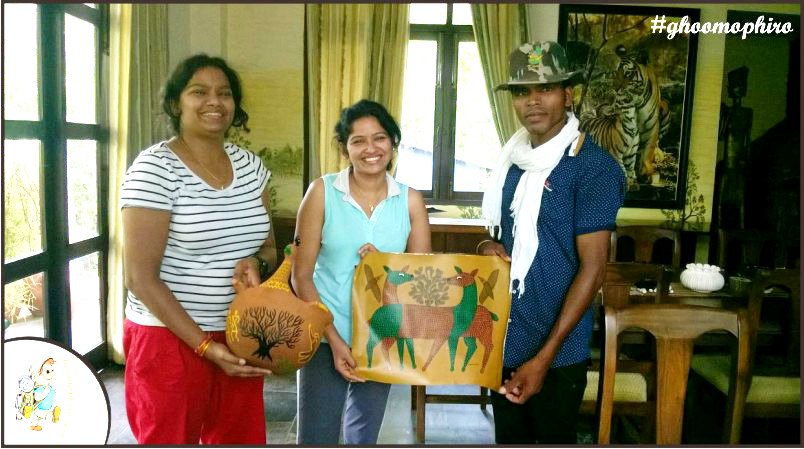

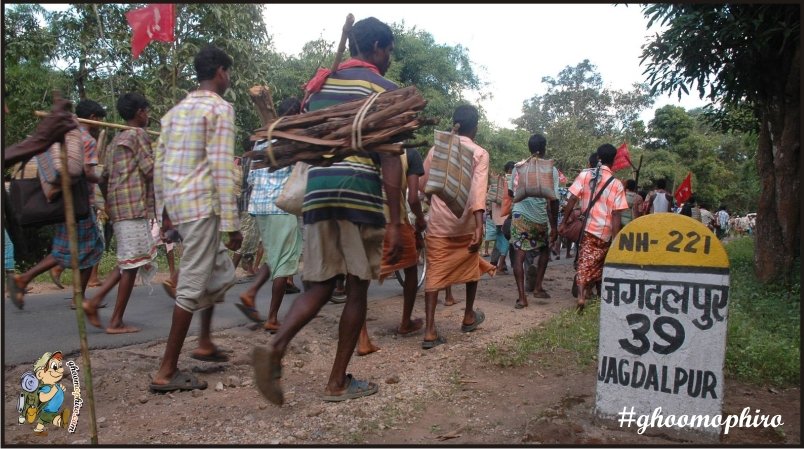
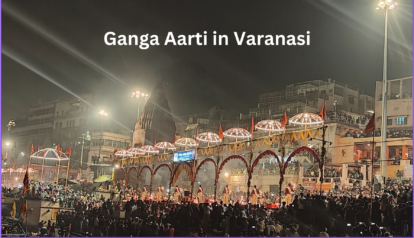

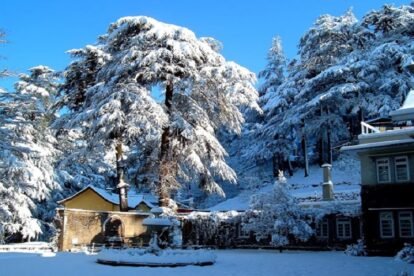

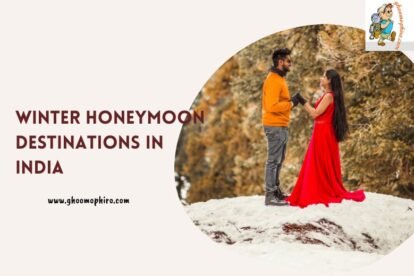

I couldn’t refrain from commenting. Well written!
Right here is the perfect webpage for everyone who wants to
find out about this topic. You realize a whole lot its almost hard to argue with you (not that I
actually will need to…HaHa). You certainly put
a fresh spin on a topic which has been written about for a
long time. Wonderful stuff, just wonderful!